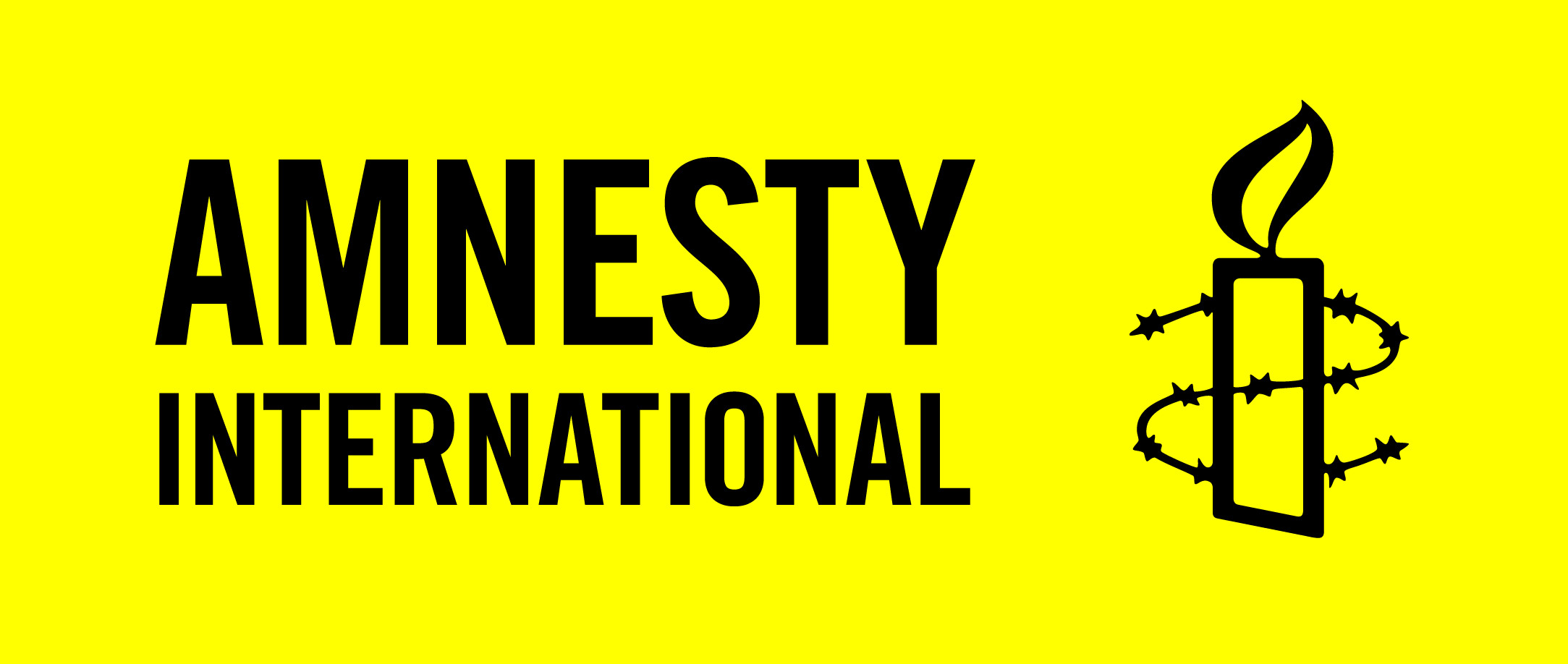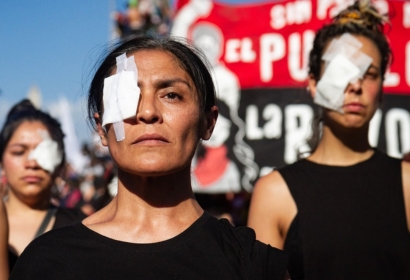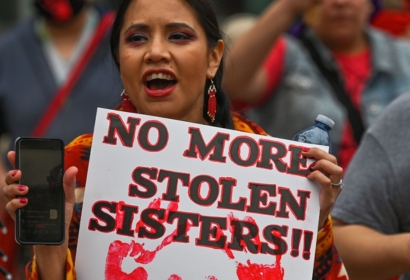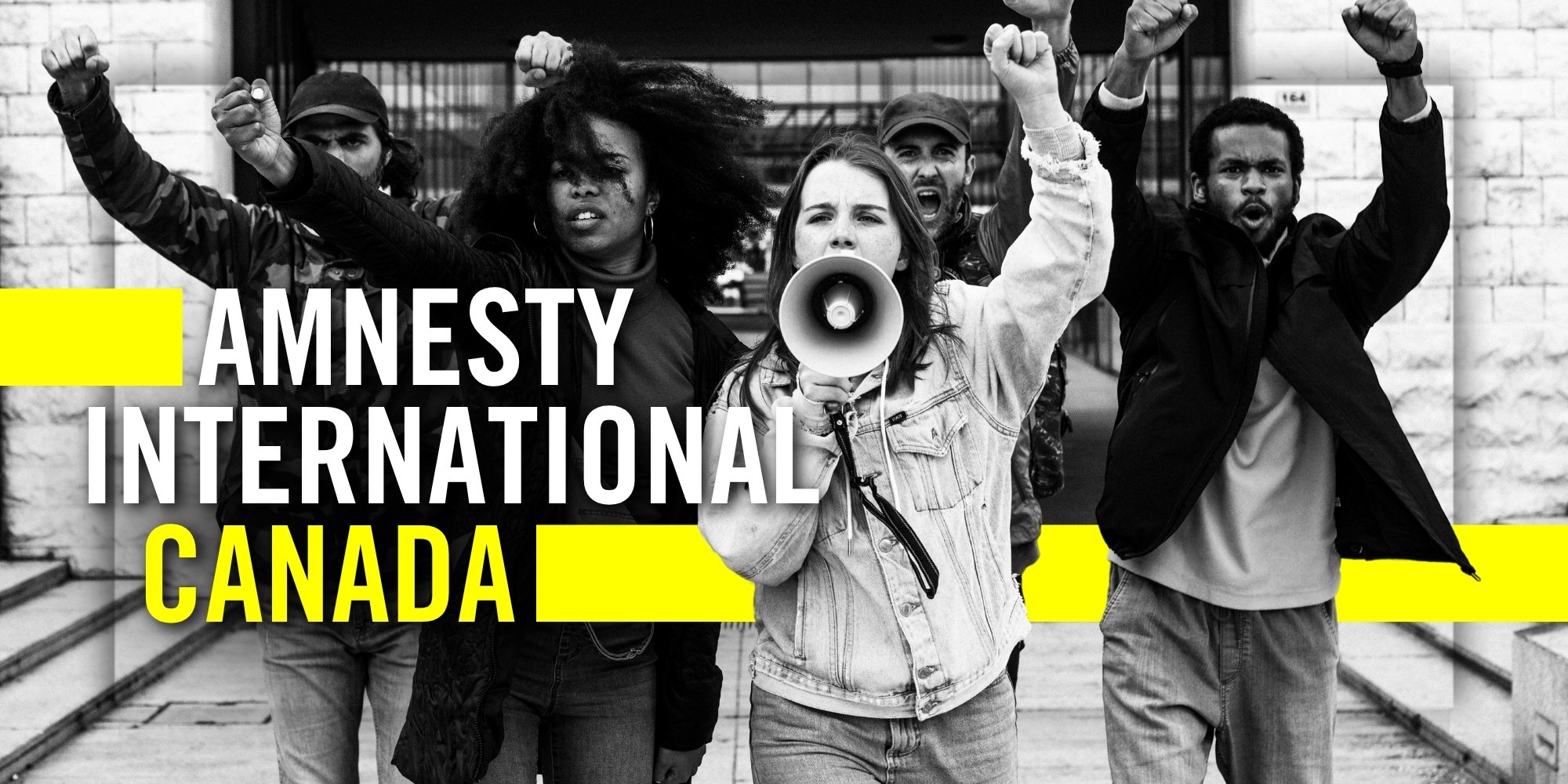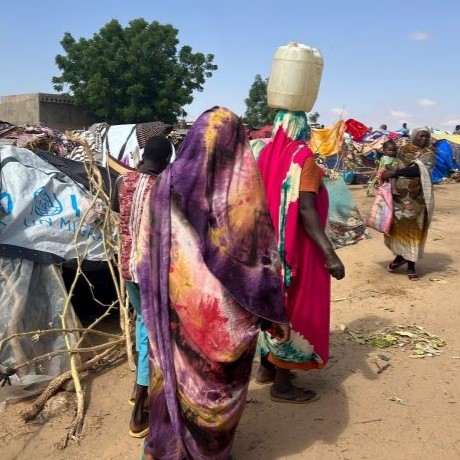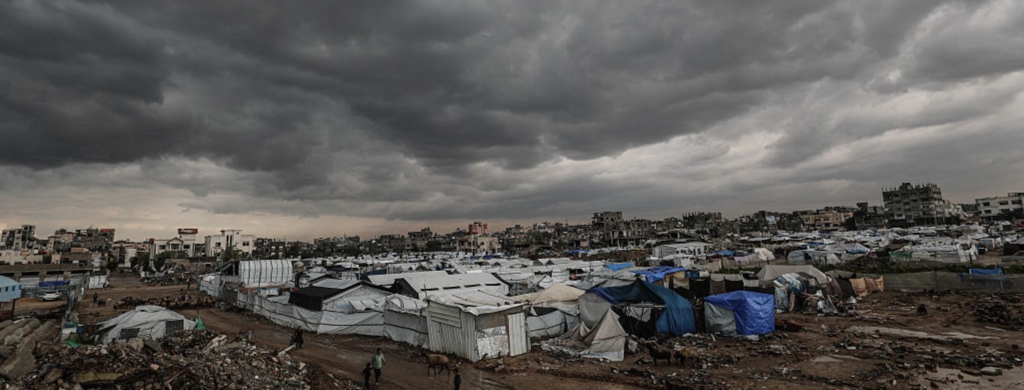“Our people have a deep connection with this land because our ancestors told the stories and legends that are connected to that valley.”
— Chief Liz Logan, Treaty 8 Tribal Association, testifying before the environmental impact assessment of the proposed Site C hydroelectric dam
The Peace River Valley in northeastern British Columbia is a unique ecosystem and one of the very few areas in the region that so far has been largely preserved from large-scale resource development. First Nations and Métis families and communities rely on the valley for hunting and fishing, gathering berries and sacred medicine, and holding ceremonies. Their ancestors are buried in this land.
The planned $8 billion plus Site C hydroelectric dam would flood more than 80 km of the river valley, stretching west from Fort St. John. There is no dispute that construction of the dam and the flooding will have a severe impact on the First Nations and Métis families and communities who depend on the Valley.
A joint federal-provincial environmental assessment concluded that the dam would “severely undermine” the cultural practices of First Nations and Métis peoples, would make fishing unsafe for at least a generation, and would submerge burial grounds and other crucial cultural sites.
What’s at stake?
The Peace Valley is vitally important to First Nations, Métis peoples and non-Aboriginal farmers, especially as more and more of the surrounding countryside is impacted by large-scale oil and gas development.
Amnesty International believes the fate of the Valley should be important to all Canadians because human rights, fairness and justice are at stake.
The rights of Indigenous peoples to live on the land, and to make decisions about the future of that land, are protected in both Canadian and international law. In the case of the Peace Valley, the rights of First Nations are also set out in an historic treaty that, like all other treaties between Indigenous peoples and Canada, are protected under the Canadian Constitution.
And yet, BC Hydro has openly stated in court that the basic question of whether construction of the dam is compatible with Canada’s treaty obligations has deliberately never been considered! Not by BC Hydro. And not by the federal and provincial governments when they decided the project should go ahead.
This just isn’t right. It’s blatantly discriminatory. And it sends a terrible message about our country’s commitment to reconciliation with Indigenous peoples.
Recent Updates
First Nations and local landowners have challenged the Site C dam through a series of court actions. Amnesty International was an intervener in the case heard before the federal court this summer.
The hearing was what is known as a “judicial review.” Judicial reviews are meant to be relatively timely and efficient processes based on already established evidence. In this case, the judicial review was based on the extensive body of evidence considered during the environmental assessment of the Site C dam.
Unfortunately, the Federal Court judge ruled that the issue of whether or not the dam is compatible with treaty obligations was too complex to be addressed and would require a full trial. Amnesty International disagrees. We believe strongly that the harm to fishing, hunting and other Indigenous land use established through the environmental assessment is incompatible with Canada’s treaty obligations, and that First Nations shouldn’t have to bear the burden of a long and expensive trial to have their rights respected. This is the position of the West Moberly and Prophet River First Nations, who are now appealing the Court’s decision.
Despite many unresolved issues about the dam, initial construction began this summer, with land being cleared for a work camp, and in the area that would eventually be flooded. Although the initial construction is quite minimal compared to what’s still to come, there are already concerns about the destruction of eagles’ nests.
Last month, the municipal governments of BC called on the province to suspend construction and refer the matter to the BC Utilities Commission — the province’s independent regulator — to determine whether the project is actually needed and what it will really cost. The environmental impact assessment of the project made the same recommendation. Unfortunately, the BC government has again refused to involve the regulatory body.
A national movement for justice
In taking a stand against Site C, Amnesty International has joined a growing movement of First Nations, environmental organizations, trade unions and faith communities. It’s an honour to stand alongside them in the call for justice.
The Peace Valley Environmental Association produces regular updates about Site C. Visit their website or their facebook page to learn more.
Our friends at RAVENTrust are also raising funds to support First Nations in their legal struggle against Site C. These efforts are vitally important, especially given the efforts by the federal and provincial governments to push the issue into a long, protracted court process. You can click here to donate to RAVENTrust, or start your own fundraiser!
TAKE ACTION!
More than 10,000 Canadians have signed Amnesty International’s petition to halt Site C.
>>Add your name to join this national movement for justice!
